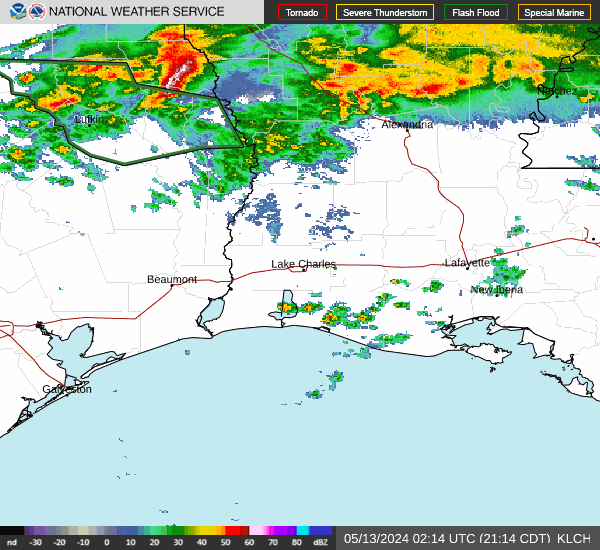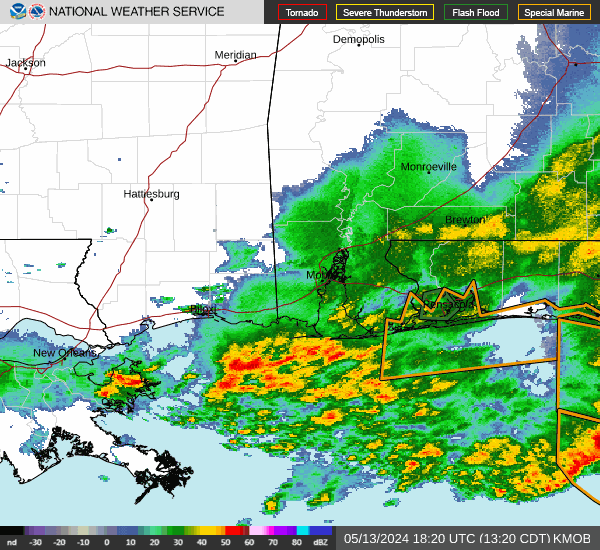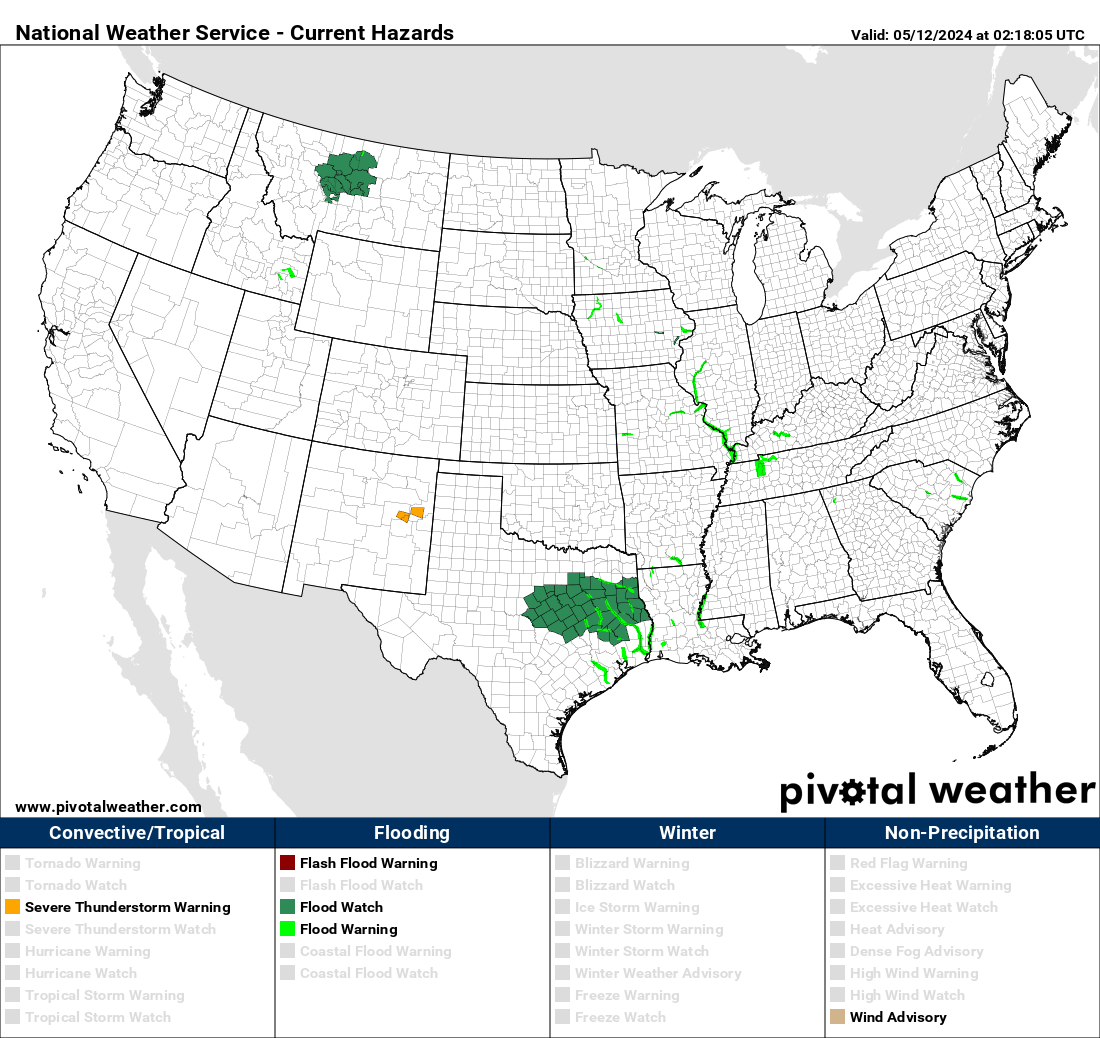Post by Skywarn on Feb 23, 2009 9:58:47 GMT -6
Current Active Cycle to Continue
Prepared by: Fred Schmude, ImpactWeather Long-Range Specialist
Ongoing analysis and projections for the upcoming Atlantic hurricane season are pointing toward another active pattern based on two key factors: water temperature anomaly profiles over the Tropical Atlantic and ENSO (El Niño Southern Oscillation) signals. Warmer-than-normal water is directly proportional to tropical cyclone formation and development; the warmer the water in comparison to normal, the better the chance of seeing enhanced tropical development. Also, during an El Niño phase we typically see enhanced wind shear develop over the Tropical Atlantic, which in turn will suppress tropical cyclone development. Near normal or neutral ENSO’s typically exemplify very active tropical cyclone seasons with significantly less wind shear. A closer look at each of these indices results in our preliminary forecast for the season.
As for water temperature anomalies, preliminary data over the Tropical Atlantic indicate the water temperature pattern continues to exemplify a positive or warm Atlantic Multidecadal Oscillation (AMO) signal, with water temperatures averaging about 0.5 to 1.0C (1.0 to 2.0F) above normal in the main development region of the Tropical Atlantic. The Caribbean and Gulf of Mexico are trending near or slightly above normal. In comparison to last year, temperatures are running a little higher this year over the Tropical Atlantic, and at about the same level for the Caribbean and Gulf. We see no reason why this trend will not continue into the summer and fall of 2009 with warm AMO conditions continuing, leading to above normal water temperatures over much of the Tropical Atlantic during 2009.
Concerning the latest ENSO forecast for the upcoming spring and summer, we are seeing a pattern similar to 2008. Last year the trend was from a moderate to strong La Niña over the Tropical Pacific to a near normal or neutral stage during the summer and fall months. This year we are again in the midst of another La Niña. Even though this La Niña is currently weaker than it was last spring, it still shows remarkable similarities to last year. Detailed analysis of Pacific water temperature profiles down to several hundred feet and long-range computer model forecasts all indicate this La Niña will gradually transition to neutral phase as we move into the spring and summer, very similar to last year. Already we are seeing signs of a weakening trend and we see no reason why this will not continue. In recent weeks, some long-range models have begun to indicate that water temperatures in the Tropical Pacific may continue to warm into the peak hurricane months of August and September, perhaps even to weak El Niño levels. Should such warming actually reach weak El Niño levels, then we might expect this to be a factor that would reduce the number of named storms in 2009. But these long-range forecasts are notoriously bad, and the current long-range forecast appears to show too rapid of a warm-up in the Tropical Pacific this spring.
Initial forecast for the 2009 season: Above normal water temperatures over the Atlantic Basin combined with a near neutral ENSO forecast for the upcoming summer and fall point toward a potentially active season with an excellent chance (80%) of reaching the average number of named storms (12) and a good chance (50%) of seeing an above normal number. Our initial projection is for 13 to 17 named tropical cyclones, of which 7-9 will be hurricanes and 3-5 major hurricanes.
Prepared by: Fred Schmude, ImpactWeather Long-Range Specialist
Ongoing analysis and projections for the upcoming Atlantic hurricane season are pointing toward another active pattern based on two key factors: water temperature anomaly profiles over the Tropical Atlantic and ENSO (El Niño Southern Oscillation) signals. Warmer-than-normal water is directly proportional to tropical cyclone formation and development; the warmer the water in comparison to normal, the better the chance of seeing enhanced tropical development. Also, during an El Niño phase we typically see enhanced wind shear develop over the Tropical Atlantic, which in turn will suppress tropical cyclone development. Near normal or neutral ENSO’s typically exemplify very active tropical cyclone seasons with significantly less wind shear. A closer look at each of these indices results in our preliminary forecast for the season.
As for water temperature anomalies, preliminary data over the Tropical Atlantic indicate the water temperature pattern continues to exemplify a positive or warm Atlantic Multidecadal Oscillation (AMO) signal, with water temperatures averaging about 0.5 to 1.0C (1.0 to 2.0F) above normal in the main development region of the Tropical Atlantic. The Caribbean and Gulf of Mexico are trending near or slightly above normal. In comparison to last year, temperatures are running a little higher this year over the Tropical Atlantic, and at about the same level for the Caribbean and Gulf. We see no reason why this trend will not continue into the summer and fall of 2009 with warm AMO conditions continuing, leading to above normal water temperatures over much of the Tropical Atlantic during 2009.
Concerning the latest ENSO forecast for the upcoming spring and summer, we are seeing a pattern similar to 2008. Last year the trend was from a moderate to strong La Niña over the Tropical Pacific to a near normal or neutral stage during the summer and fall months. This year we are again in the midst of another La Niña. Even though this La Niña is currently weaker than it was last spring, it still shows remarkable similarities to last year. Detailed analysis of Pacific water temperature profiles down to several hundred feet and long-range computer model forecasts all indicate this La Niña will gradually transition to neutral phase as we move into the spring and summer, very similar to last year. Already we are seeing signs of a weakening trend and we see no reason why this will not continue. In recent weeks, some long-range models have begun to indicate that water temperatures in the Tropical Pacific may continue to warm into the peak hurricane months of August and September, perhaps even to weak El Niño levels. Should such warming actually reach weak El Niño levels, then we might expect this to be a factor that would reduce the number of named storms in 2009. But these long-range forecasts are notoriously bad, and the current long-range forecast appears to show too rapid of a warm-up in the Tropical Pacific this spring.
Initial forecast for the 2009 season: Above normal water temperatures over the Atlantic Basin combined with a near neutral ENSO forecast for the upcoming summer and fall point toward a potentially active season with an excellent chance (80%) of reaching the average number of named storms (12) and a good chance (50%) of seeing an above normal number. Our initial projection is for 13 to 17 named tropical cyclones, of which 7-9 will be hurricanes and 3-5 major hurricanes.











